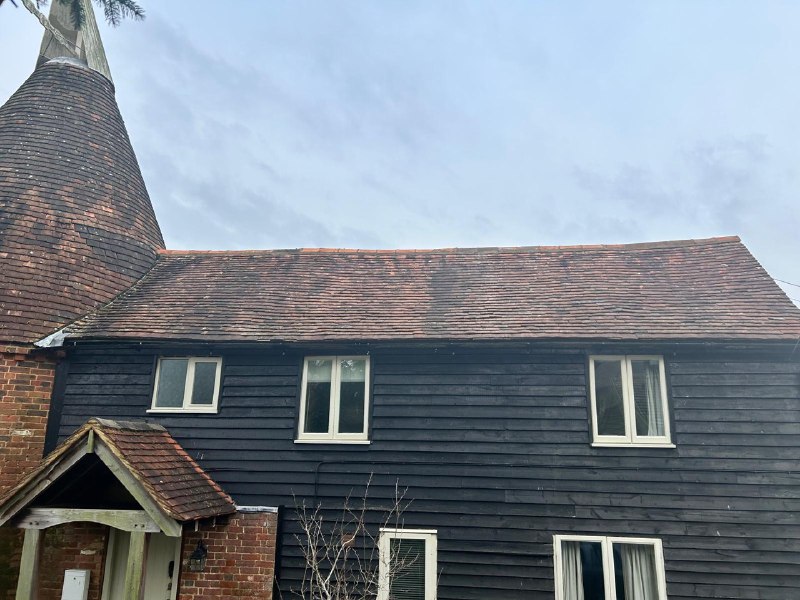Safely Removing and Replacing Slipped Tiles: A Guide for Homeowners
Introduction: Dealing with slipped roof tiles can be a common issue for homeowners, but it’s crucial to address them promptly to prevent further damage to your roof and home. However, removing and replacing slipped tiles requires careful handling to avoid causing additional harm. In this blog post, we’ll provide a comprehensive guide on safely removing and replacing slipped tiles without causing further damage to your roof.
Assess the Situation:
- Before proceeding with any repairs, carefully assess the extent of the damage and the condition of the slipped tiles. Determine whether adjacent tiles are loose or damaged and identify potential hazards, such as nearby power lines or slippery surfaces.
Gather the Necessary Tools and Materials:
- Ensure you have the appropriate tools and materials for the repair job. This may include a ladder, safety harness, roofing adhesive or sealant, replacement tiles, a pry bar or flathead screwdriver, and gloves to protect your hands.
Use Proper Safety Precautions:
- Safety should always be the top priority when working on your roof. To prevent falls, use a sturdy ladder with non-slip feet and consider using a safety harness or tie-off system. Wear appropriate personal protective equipment (PPE), including gloves, safety goggles, and non-slip footwear.
Carefully Remove Slipped Tiles:
- Use a pry bar or flathead screwdriver to gently lift and gently remove the slipped tile from the roof. Don’t apply too much force, as this could cause further damage to the tile or surrounding roofing materials. Set the removed tile aside in a safe location.
Inspect the Roofing Underlayment:
- Once the slipped tile has been removed, inspect the roofing underlayment and substrate for any signs of damage or deterioration. Repair or replace any damaged underlayment before tile replacement to ensure a solid foundation for the new tile.
Apply Roofing Adhesive or Sealant:
- Apply a small amount of roofing adhesive or sealant to the underside of the replacement tile to ensure a secure bond with the roof surface. Follow the manufacturer’s instructions for proper application and allow the adhesive to cure fully before proceeding.
Position and Secure the Replacement Tile:
- Carefully position the replacement tile in the vacant spot on the roof, ensuring it aligns correctly with the surrounding tiles. Press firmly on the tile to secure it in place, taking care not to disturb adjacent tiles. Wipe away any excess adhesive or sealant with a clean cloth.
Conduct a Final Inspection:
- Once the replacement tile is securely in place, inspect the repaired area to ensure everything is in order. Check for proper alignment, adhesion, and weatherproofing to ensure the repair is successful and long-lasting.
Conclusion: Safely removing and replacing slipped roof tiles requires careful planning, attention to detail, and adherence to safety protocols. By following these steps and exercising caution throughout the repair process, you can effectively address slipped tiles without causing further damage to your roof. If you’re unsure about tackling roof repairs yourself, consider seeking assistance from a reputable roofing contractor for professional guidance and assistance.
Call us on: 01462 411 099
Click here to find out more about BN Roofing Letchworth Garden City
Click here to complete our contact form and see how we can help with your roofing needs.

